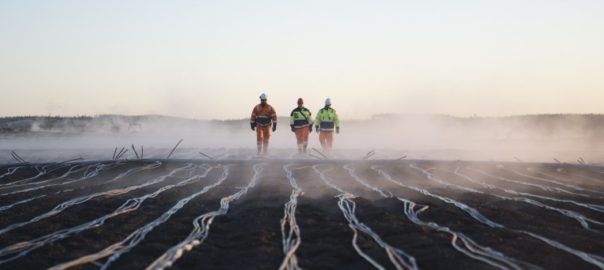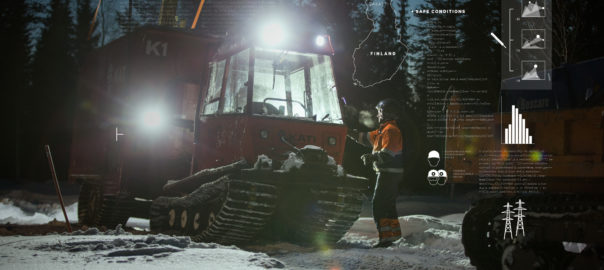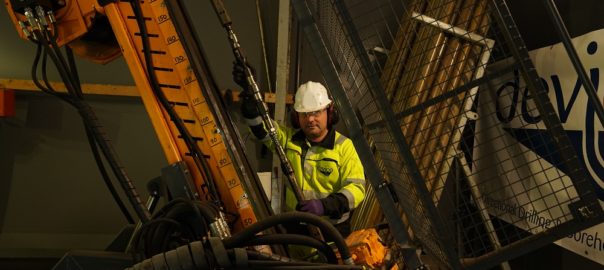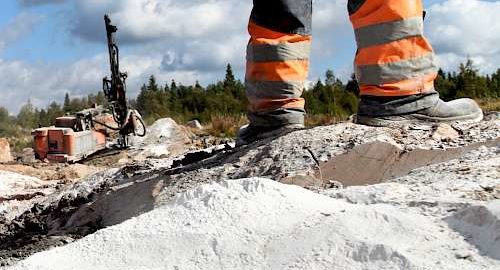Anglo American and Finnish Minerals Group have signed a memorandum of understanding (MoU) to work together to explore opportunities to, they say, further support Finland’s battery strategy.
Finnish Minerals Group is a holding and development company that manages the Finnish Government’s mining industry shareholdings and supports the development of the Finnish battery value chain. Among other assets, it holds the Terrafame nickel heap leach mine.
Alison Atkinson, Projects & Development Director at Anglo American, said: “Finland is a highly attractive investment destination and has a strong heritage in both mining and innovation. We look forward to working with Finnish Minerals Group, whose mission is to responsibly maximise the value of Finnish minerals, to explore the wealth of opportunities that our agreement could offer.
“This agreement further strengthens our commitment to Finland as well as to our Sakatti project, a true polymetallic orebody very much aligned to Finland’s and the EU’s critical minerals priorities. Sakatti is designed as the next generation of FutureSmart Mining™, building on what we have learned in terms of minimal surface footprint and using technology and innovation to deliver ever better environmental and social outcomes, whilst producing essential raw materials needed to transition to a greener, low carbon energy future.”
Atkinson said last year during a sustainability performance update that Sakatti was set to be “a remotely operated, low carbon-underground mine with an electric mining fleet using technology and mining methods that will create zero waste and enable high degrees of water recycling, contributing to a sustainable supply of critical minerals”. The company also sees the potential to use sorting technologies for coarse particle rejection and material recovery opportunities at the project.
Jani Kiuru, Senior Vice President, Raw Materials at Finnish Minerals Group, said: “Exploring joint opportunities with Anglo American is a natural choice for us as they already know the Finnish operational environment. In addition, the company has a long history in mining and is a forerunner in sustainability. We believe this collaboration reinforces both parties by combining local and global knowhow in sustainability and technological development, thus maximising the value of Finnish minerals responsibly. We see there is a mutual understanding on the vast possibilities and importance of Finnish minerals for the green transition.”
As a Finnish state-owned company with a mandate to foster the Finnish mining and battery industry, Finnish Minerals Group is a natural potential partner for Anglo American in Finland, Anglo American says. The company’s main assets are: Terrafame, a subsidiary that produces nickel and cobalt sulphates; project Sokli, a phosphate and rare earths deposit; and a 20% interest in Keliber, a battery-grade lithium project aiming to start production in 2025. Additionally, Finnish Minerals Group is advancing several greenfield investments further downstream in the battery value chain.










